Garbatella: a fashinating diversion
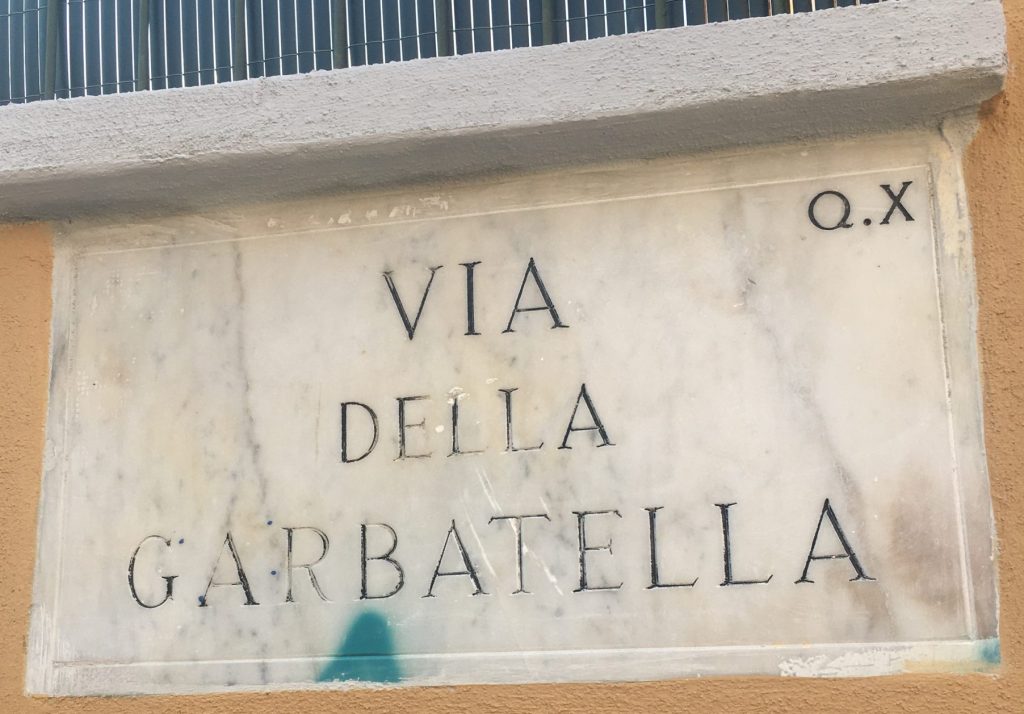
The Financial Times has recently recommended the Garbatella district as “a fascinating diversion from the centre” and, we don’t mean to brag but we knew it already  Perfect mix of Roman spirit, history, architecture and street art hardly recognizable elsewhere: the Garbatella district is romans’ top choice and now that you are reading, we hope yours too.
Perfect mix of Roman spirit, history, architecture and street art hardly recognizable elsewhere: the Garbatella district is romans’ top choice and now that you are reading, we hope yours too.
Let’s get it started!
Let’s start from the very beginning: the story of its name. what or who was “GARBATELLA”?
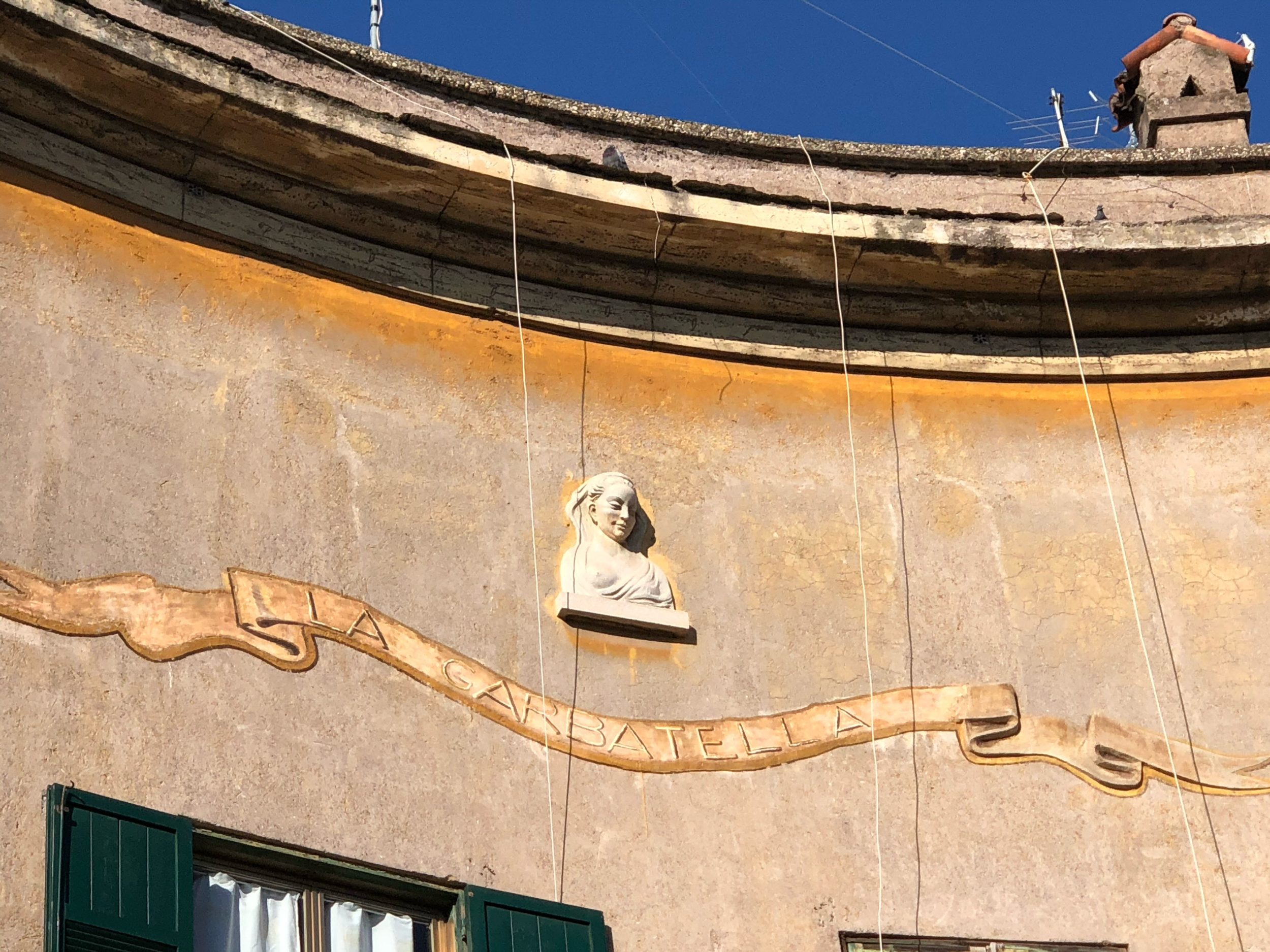
It used to be thought to be Clementina Eusebi’s nick name, owner of a renowned tavern since 1834, not far from San Paolo Cathedral. The name was supposed to derive from the contraction of two adjectives: kind (garbata) and beautiful (bella). It has been recently discovered that Clementina was the daughter of some Maddalena whose surname was, guess what, Garbata! So Garbatella, Garbata’s daughter! You didn’t know that, did you? How did she look? We don’t have any picture of her, but since 1931 there’s a bust of her at the façade of a building in Geremia Bonomelli square. Who knows if it looks like her!
Exploring Garbatella may seem a bit challenging: alleys, squares, uphills and downhills streets, fountains and breathtaking spots. We want to share with you the must see!
Piazza Brin
That’s the perfect spot to start, where was laid the first stone, in the presence of King Vittorio Emanuele III, February 18th 1920. Garbatella aged well! Wait a second, first stone of what? The first stone of the lots built according a futuristic project of Città Giardino.
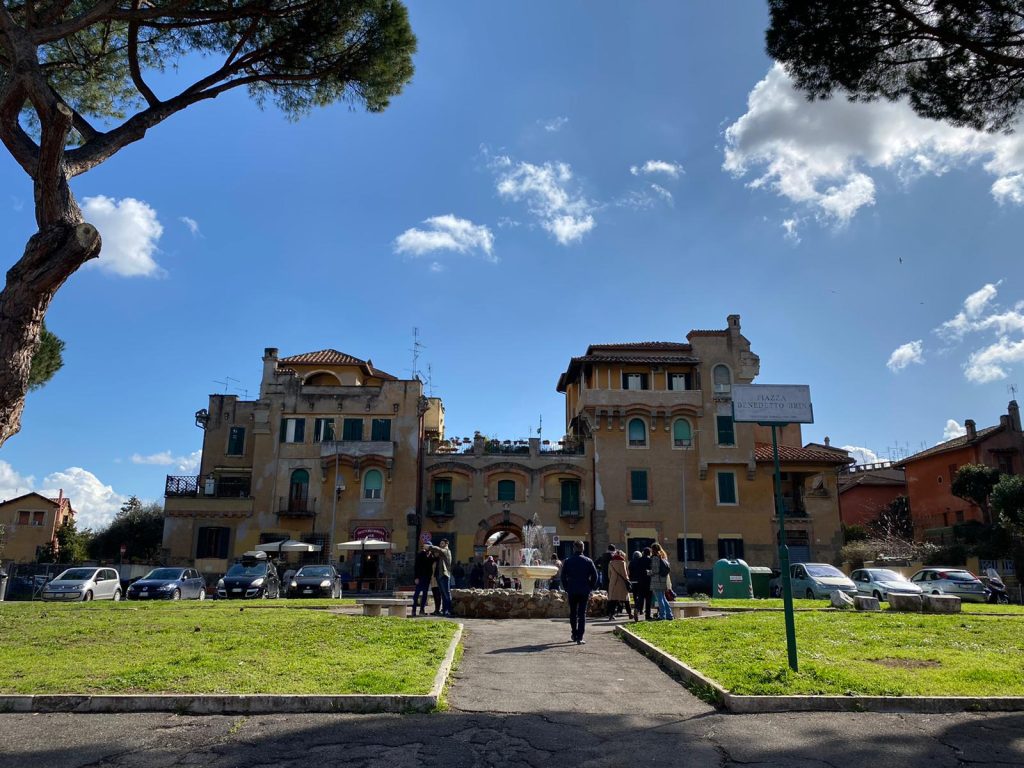
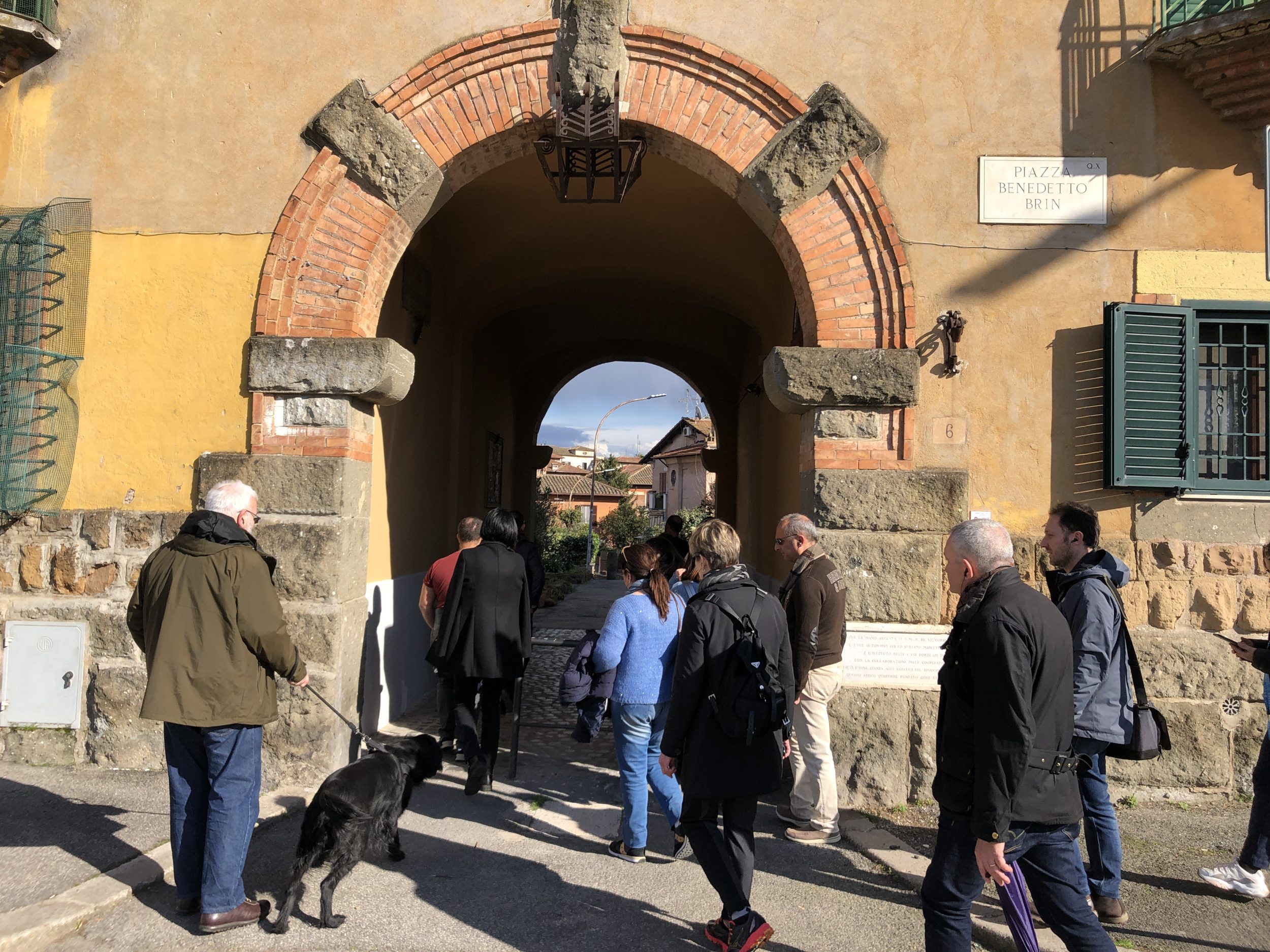
Walk under the arch and nose up! The first lots are very special and you find yourself in the most ancient area! Their former style is also known as barocchetto (little barocco), designed by Gustavo Giovannoni and Innocenzo Sabbatini.
How come little barocco? Because of its medioeval style mouldings, animals figures here and there, the quantity of floral decorations still inside the social housing scope (and prices) nevertheless: no murbles but stucco, no precious stones but white or painted calx. Then the gardens! Don’t miss the common areas where you can find the drying racks used by the locals but mind: Garbatella isn’t a playground, people really live here! Be discreete and always ask for permission before taking a picture. Let’s preserve together the unique and genuine atmosphere of a proper authentic roman district.
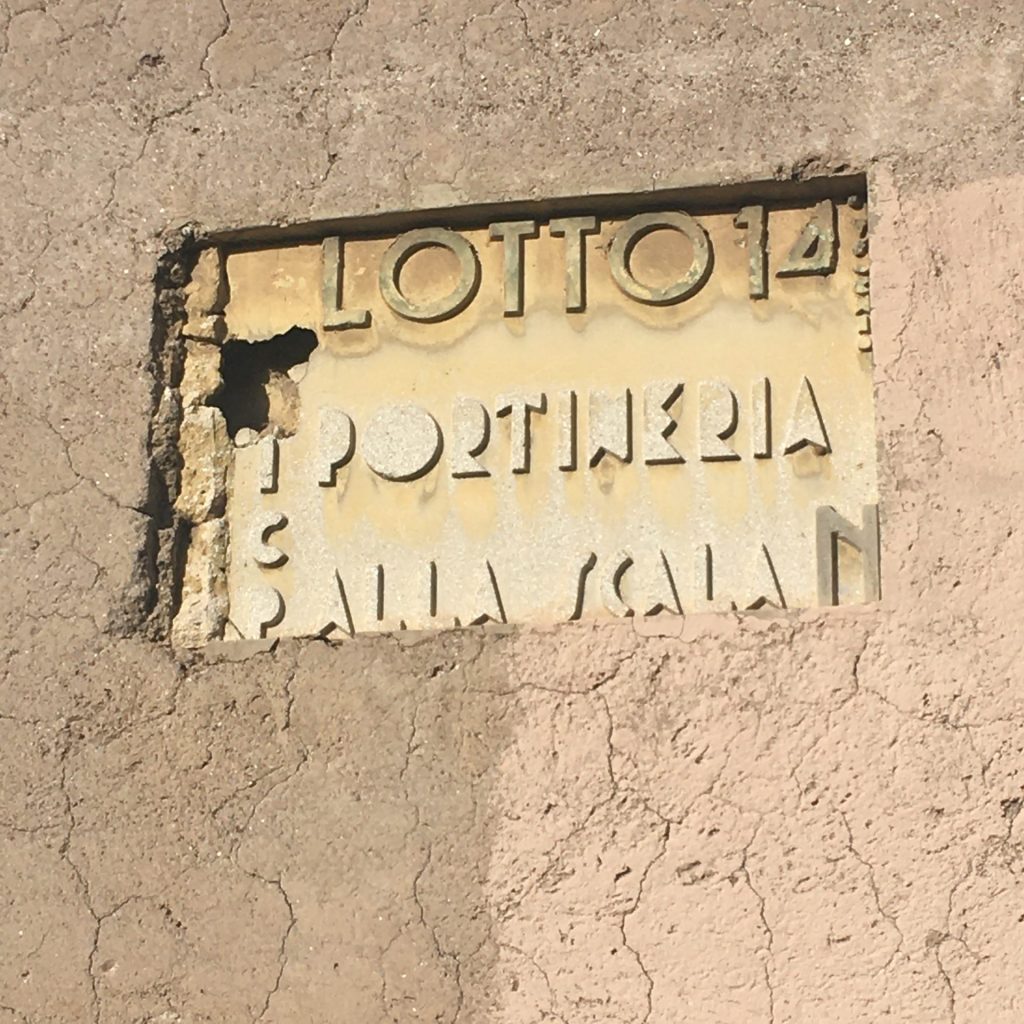
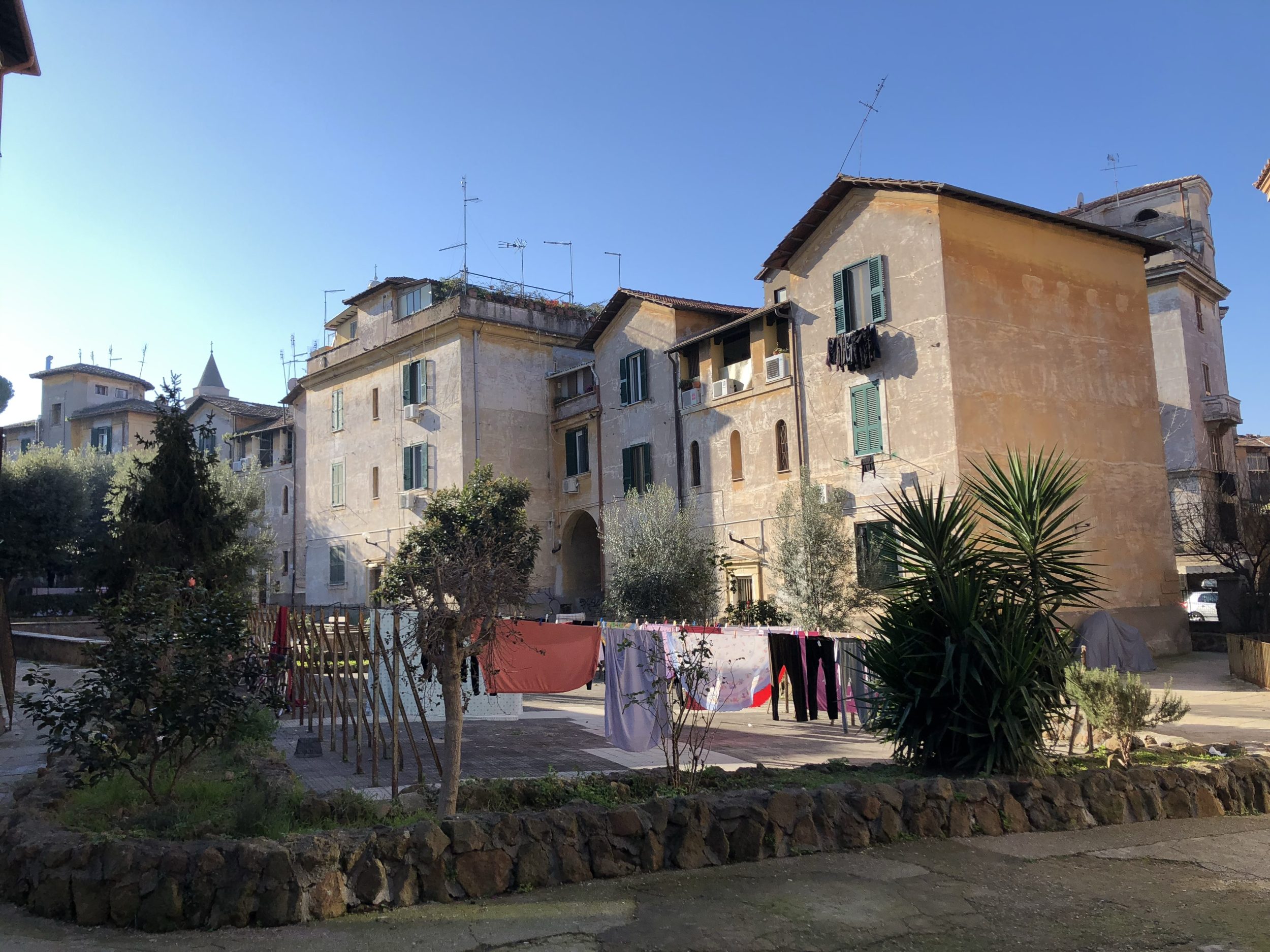
Piazza Damiano Sauli
Spectacular, wide, cozy. Here you can find the Cesare Battisti elementary school built in 1930, during the fascist regime. You can still find the 4 lictorian eagles on the façade. Next to the school, there is the San Francesco Saverio church, the first church Pope John Paul II visited in 1978, as soon as he became Pope. Before that, after WWII, Karol Wojtyla used to come to Garbatella as a student, to help during his pastoral service.
The thirteen villas of lot 24
Also known as “model houses”, set between Via delle Sette Chiese, Via De Jacobis e Via Borri. They were built in 1929 in view of the XII International Congress of Residence and Zoning Plan. For the architecture enthusiastics is a must!
Via delle Sette Chiese
A 3Km long street that links San Paolo cathedral on Via Ostiense to San Sebastiano on Via Appia, crossing Via Ardeatina, in the Fosse Ardeatine area over the catacombs. Here’s where you can find the most important catacombs of the first centuries of Christianity. You can combine this tour with strolling through the district.
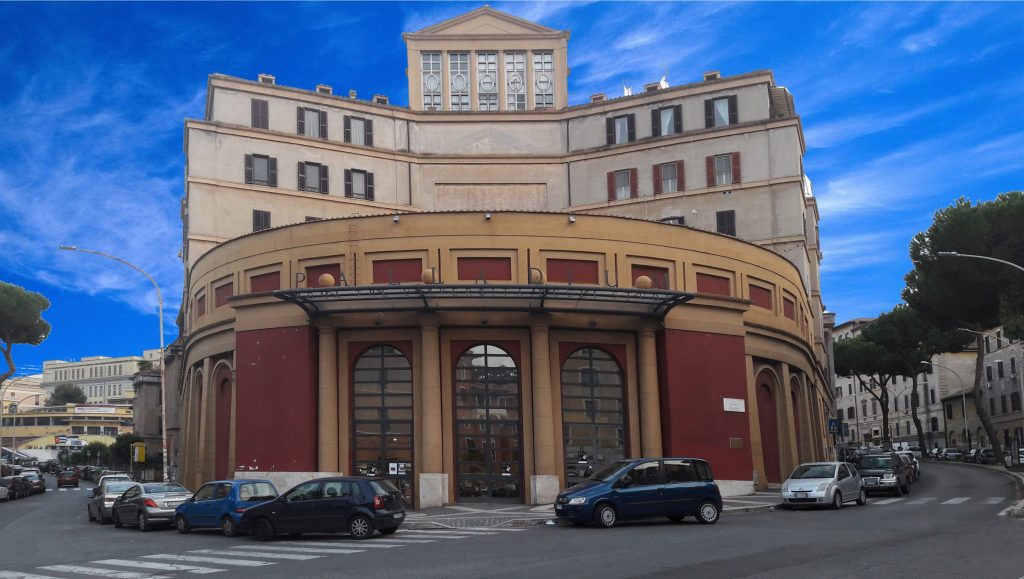
The Palladium
Designed by Innocenzo Sabbatini, it was built in the 30s. Planned to be Cinema Teatro Garbatella at the ground floor and accommodation for the artists on upper floor, today the Palladium is a lively place of music and culture.
The Public Bathroom
Designed by Innocenzo Sabatini, inspired by Ancient Rome (look at the crowning element, doesn’t remind you of Massenzio Cathedral or Diocletian Baths?), the public baths were meant to provide to the hygienic needs of the locals. They were very crowded housing nucleus, living without any running wather. They remained in operation until the 60s, and today they host the polyfunctional center named Moby Dick.
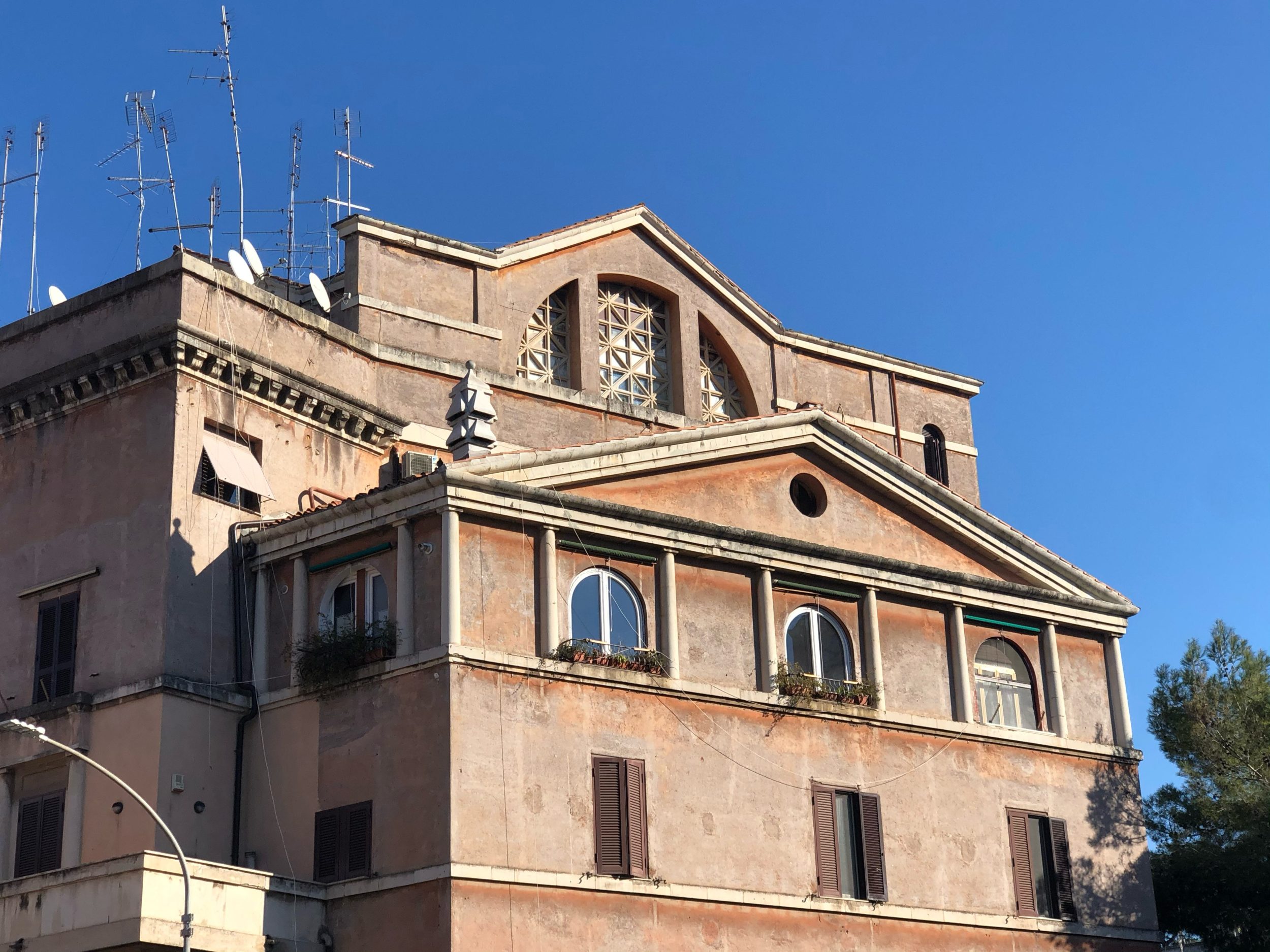
Piazza Sapeto
It was built in 1925, during the sprawl of the district. The streets of this area were name after missionaries and the square itself was dedicated to Giuseppe Sapeto, who founded an Italian colony in Eritrea.You can see from here the famous Hotel Rosso’s clock, reactivated in February 2020 during the celebrations for the centenary of the district. Since then, it alights the lively nights.
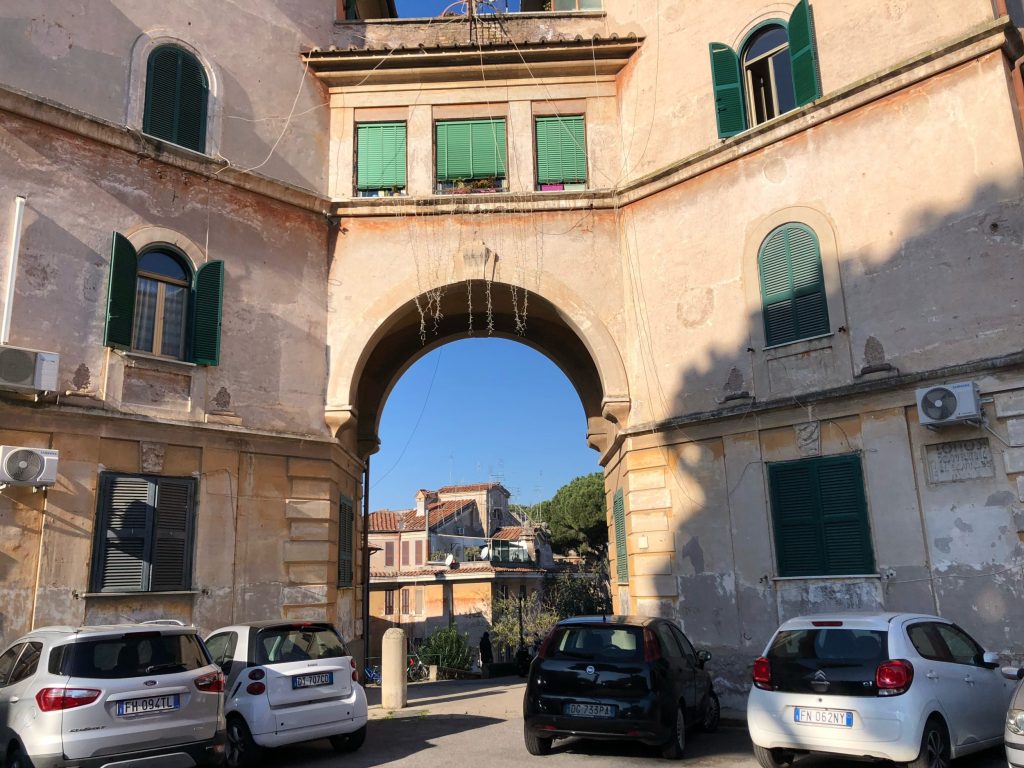
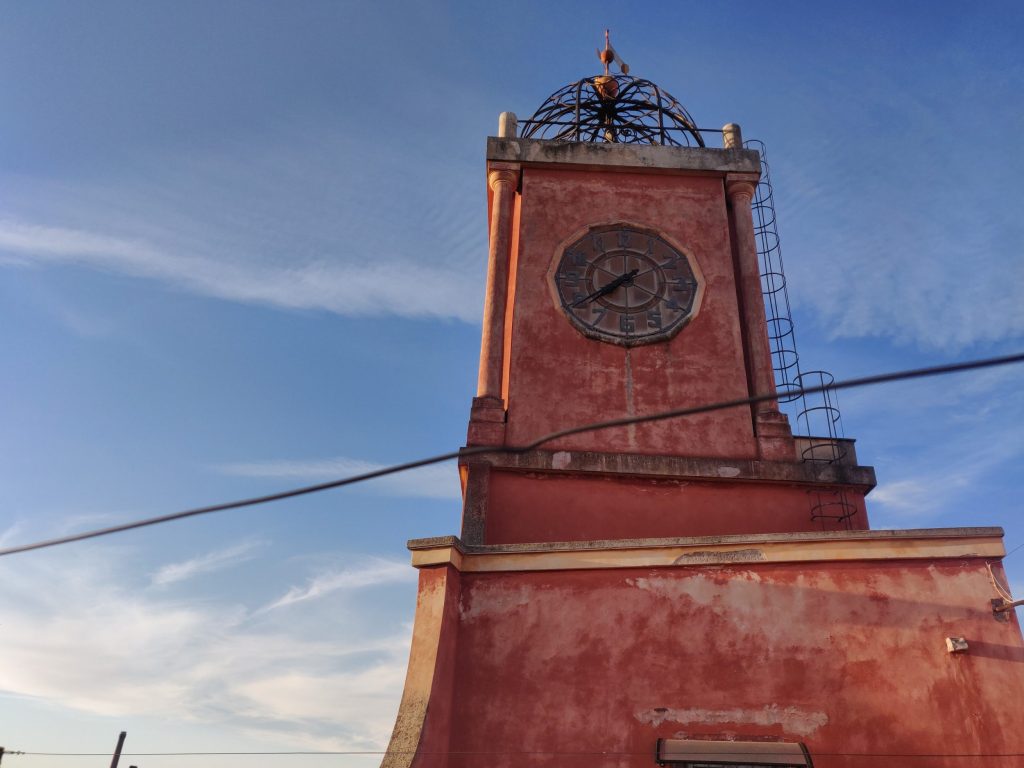
The three Suburban Hotels: Red, White, Yellow
They were designed by Sabbatini at the end of the 20s, they were meant to accommodate the scattered from the center of Rome. The three hotels changed during the years and there are a lot of interesting stories related to them but, if you are curious, you have to follow our tour 😊 An interesting fact: during his Roman visit in December 1931, Gandhi himself visited the White Hotel.
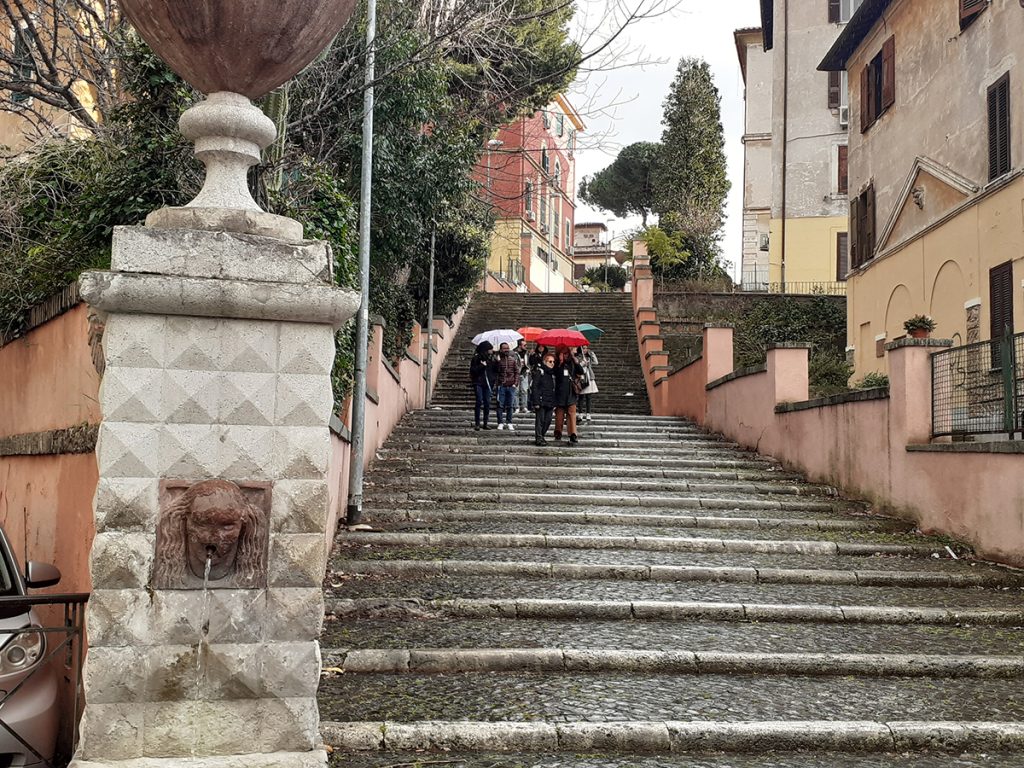
“The Lovers” stairs
You reach The Lovers ‘Stairs from Piazza da Montecroce. Here’s the lovely Carlotta’s Fountain (do you already know the reasons behind its name, don’t you?). The name of the architect? Guess who!
VOTA GARIBALDI LISTA N.1 – Via Basilio Brollo
Via Basilio Brollo. It was written before the first elections after the second world war, in 1948. It’s an election poster to support the Popolar Democratic Front, whose symbol was of course Garibaldi. It’s one of the very few historical writings still visible today. The writing was victim of a wicked cancellation “by mistake” in March 2019 and soon refurbished.
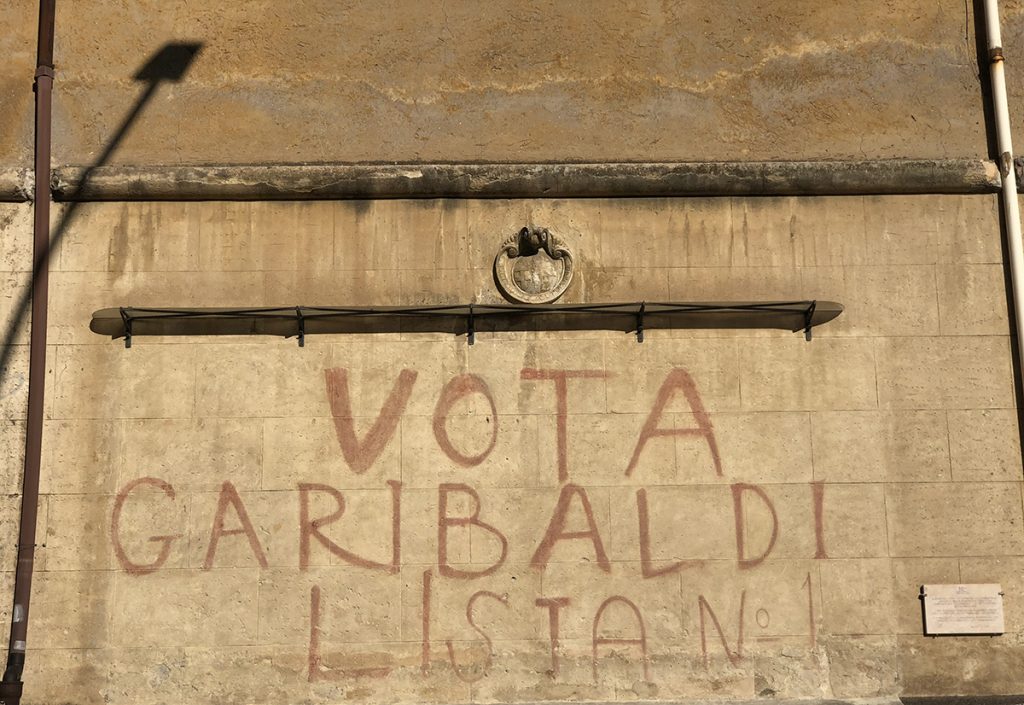
Nose up to spot the differences! As you walk through the district you soon realize how the lots change. After the 20s, with the rise of Fascism, they started to build bigger buildings, in order to accommodate the more people possible. That’s a spark: pay close attention to the lots VIII in Via Luigi Fincati, you will spot a lot of differences from the former ones.
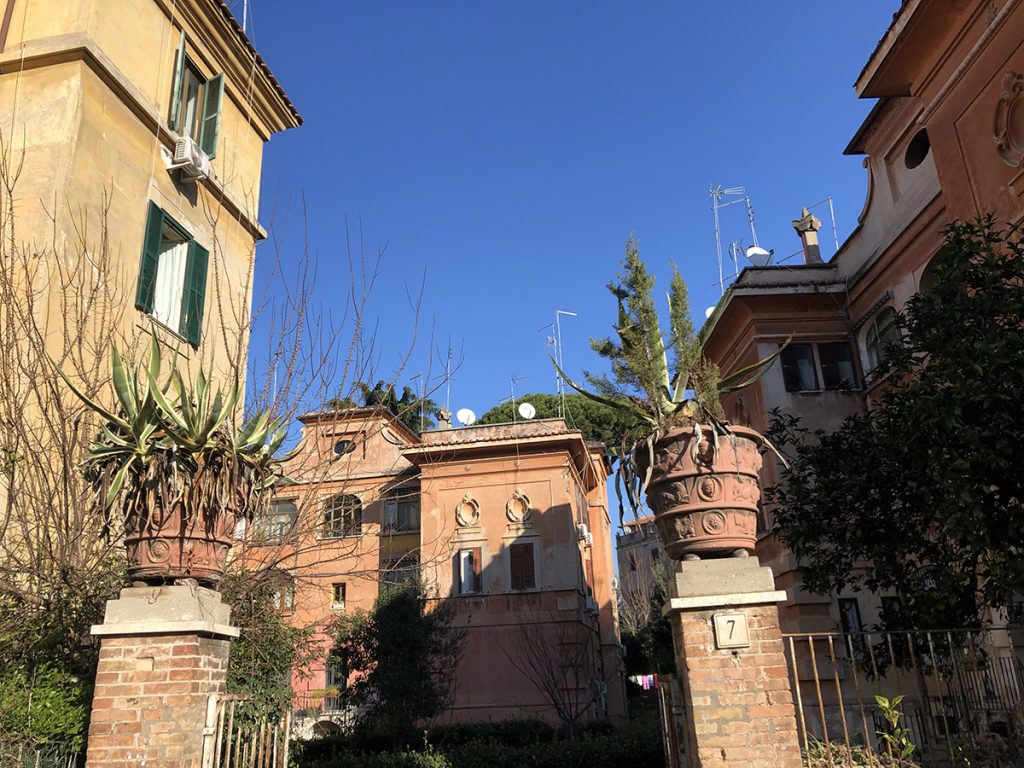
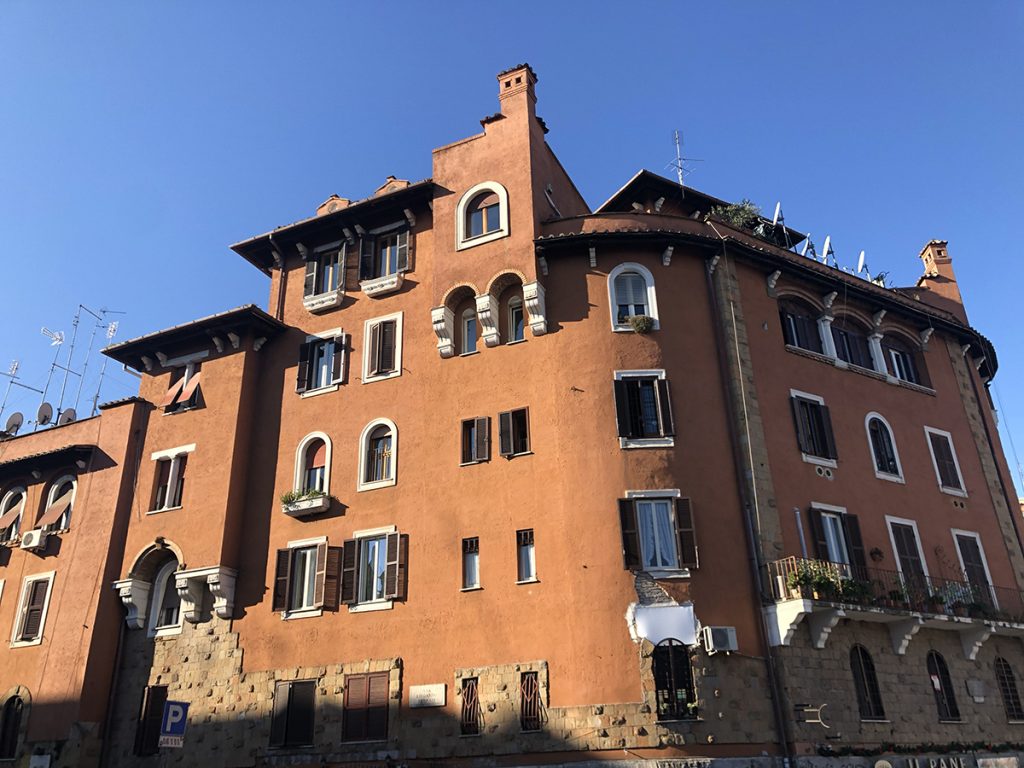
Street Art
also know as urban art, public art or, well, that kind of art we really like and brought you to discover in tour. In the past three years the street art in Garbatella skyrocketed. Since the work of STEN & LEX to MURI SICURI project that brough a new “Garbata” in the district, the facades of the buildings joined the love for this part of the city. But not only facades: you can find stencil and posters by international artists who wanted to be found here. You will desperately need a camera.
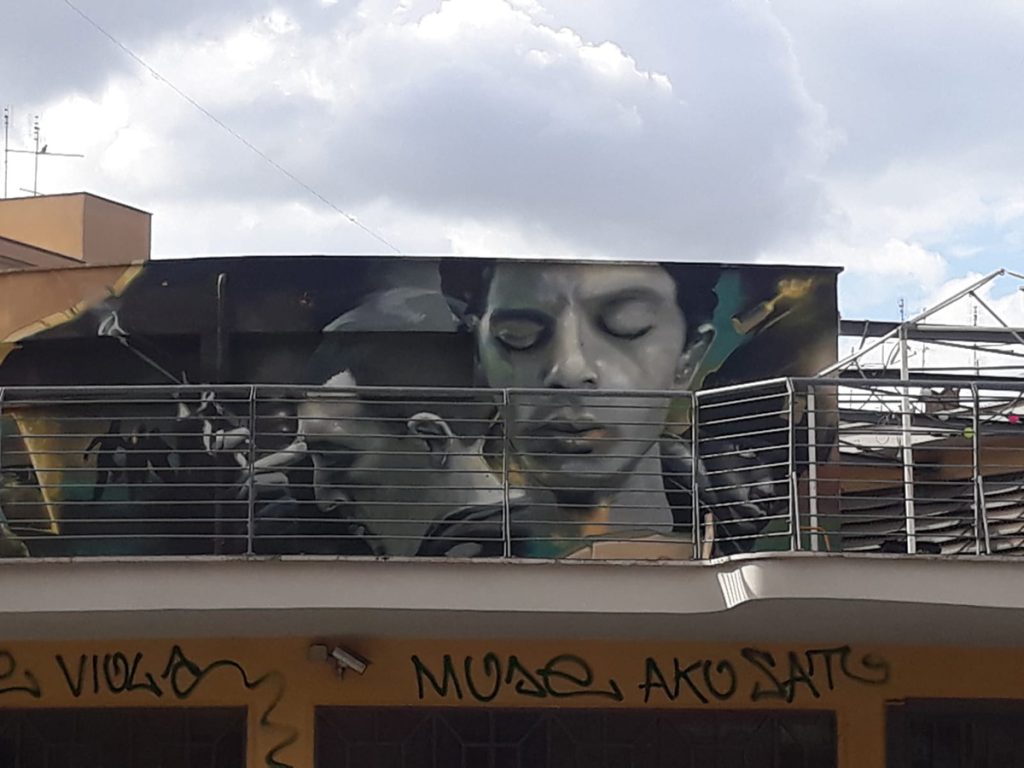
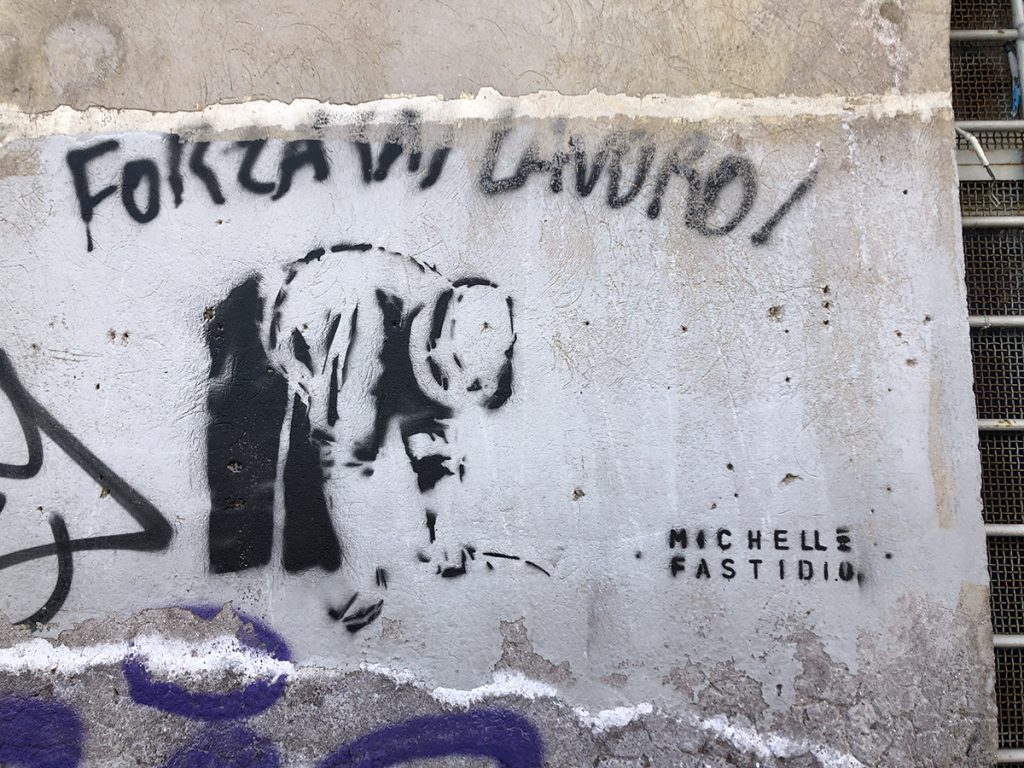
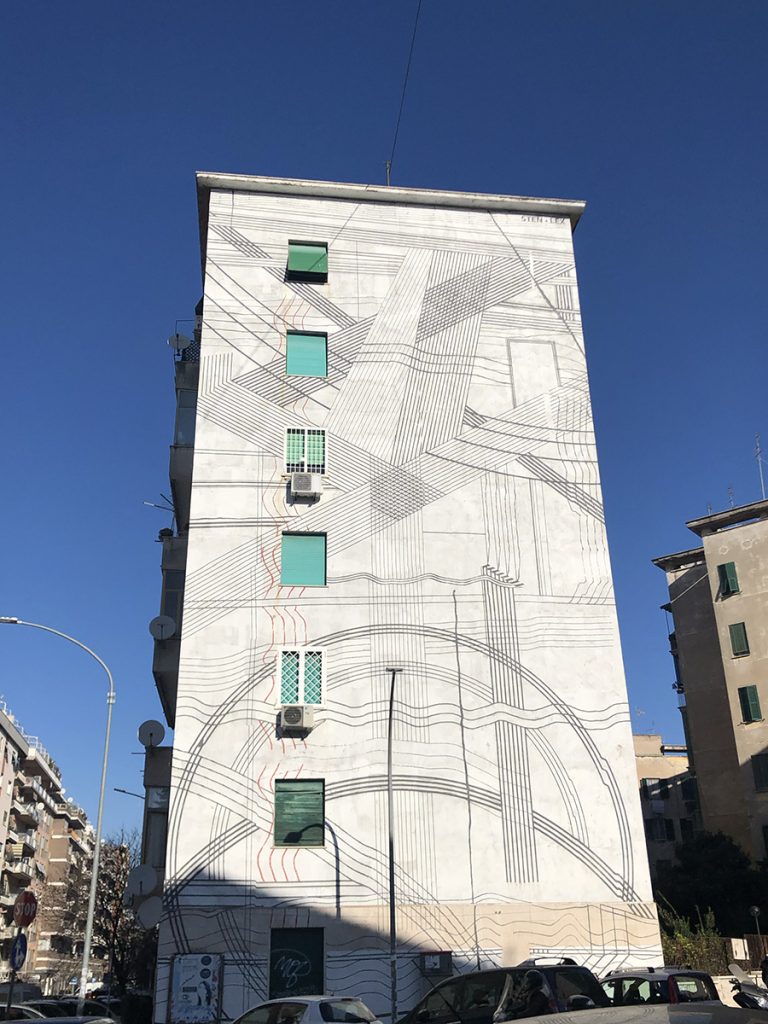
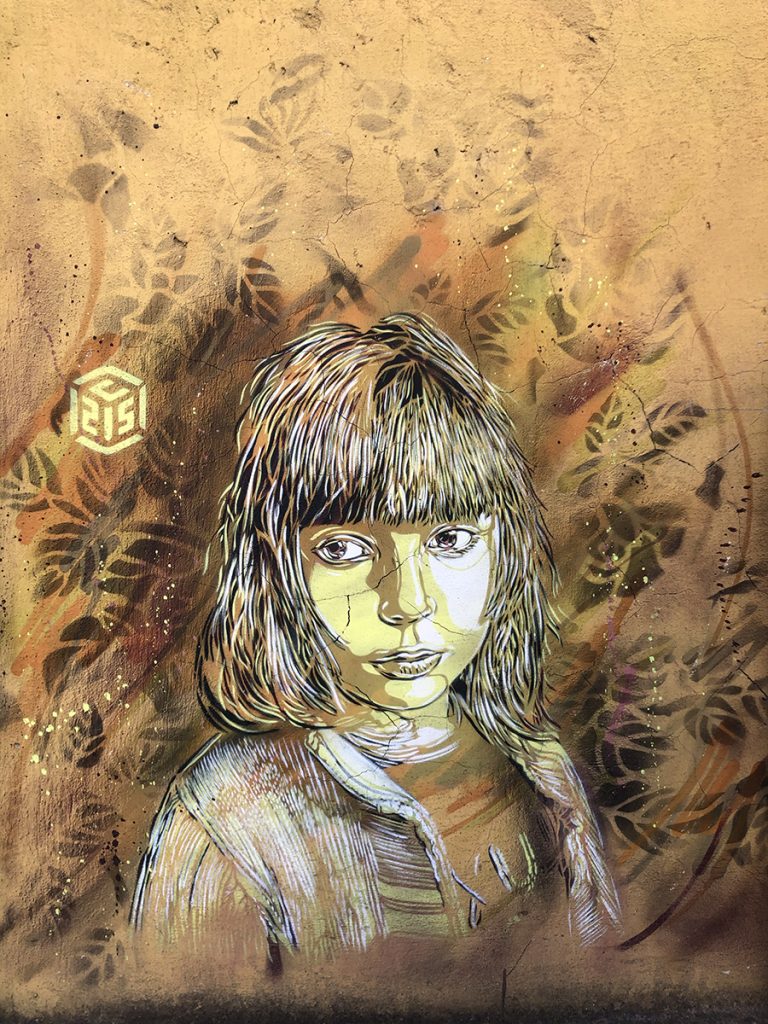
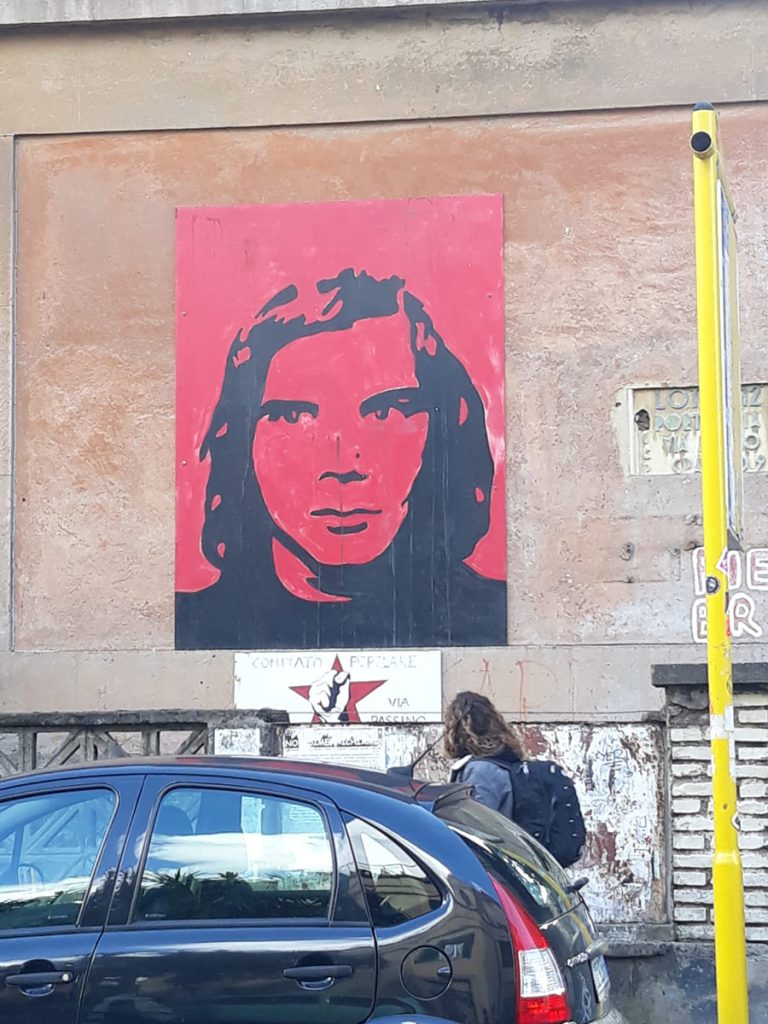
Cinema Mon Amour
The eyes of the director spot beauty before and better then the others. Garbatella has been a spectacular open air film set. Just to mention few; Pier Paolo Pasolini’s “Una Vita Violenta”, “C’eravamo Tanto Amati” by Ettore Scola or “Caro Diario” by Nanni Moretti. What a dream of a district! Lately the bar in Piazza Giovanni da Triora has been chosen as main location for the tv series “Cesaroni”.
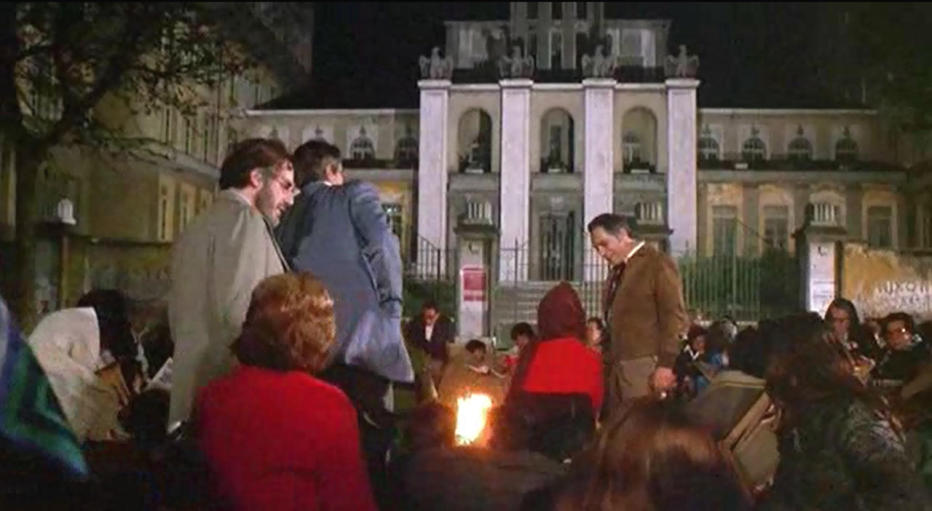
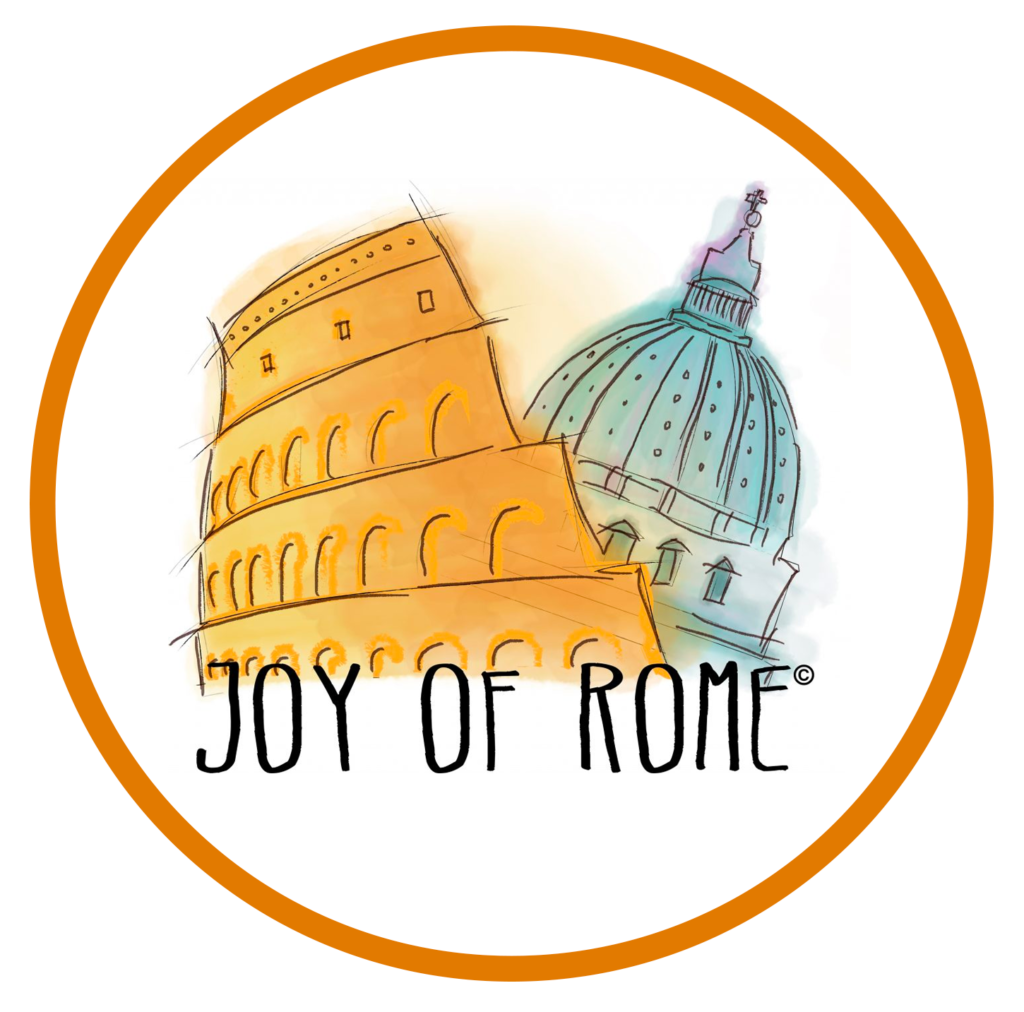
Offally good: the best places in Rome to sample this sustainable, traditional — and delicious — staple While not for the faint-hearted, these cheap cuts, known as ‘il quinto quarto’, are some of the most mouthwatering dishes on the menu in the Eternal City